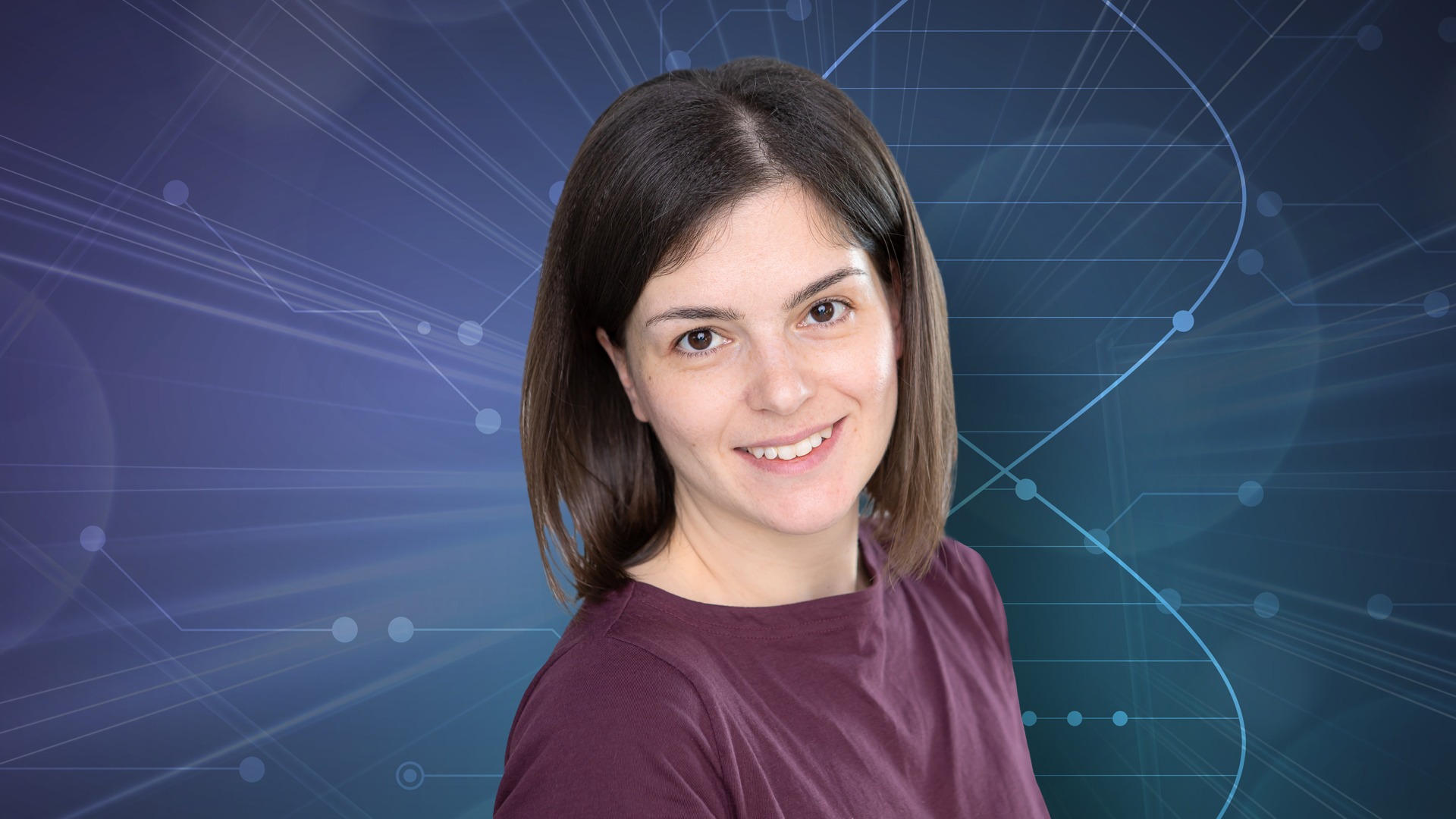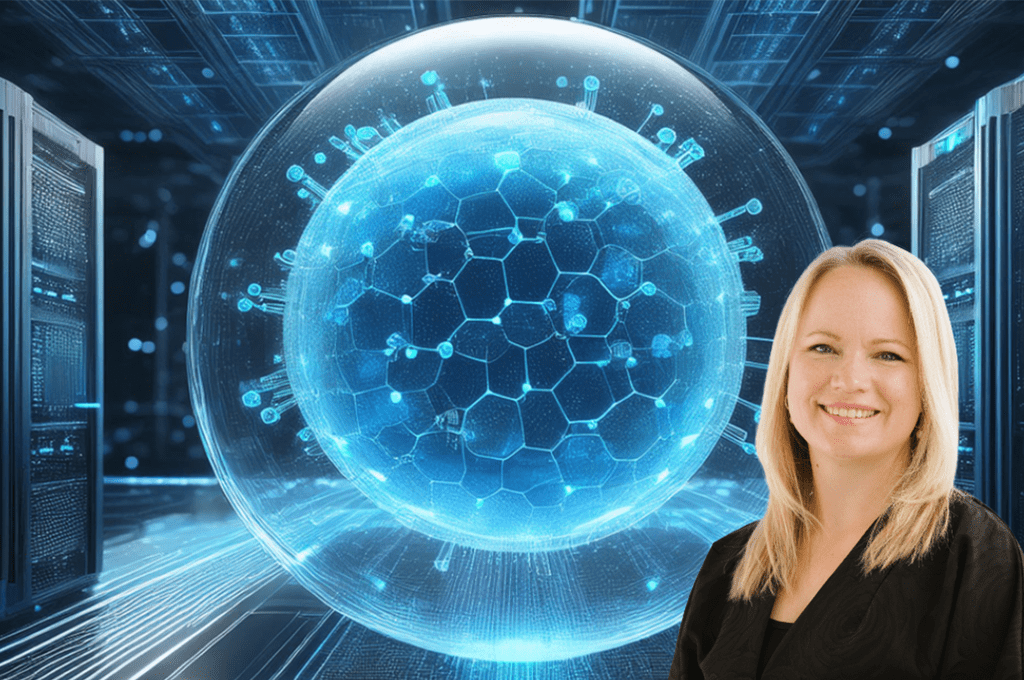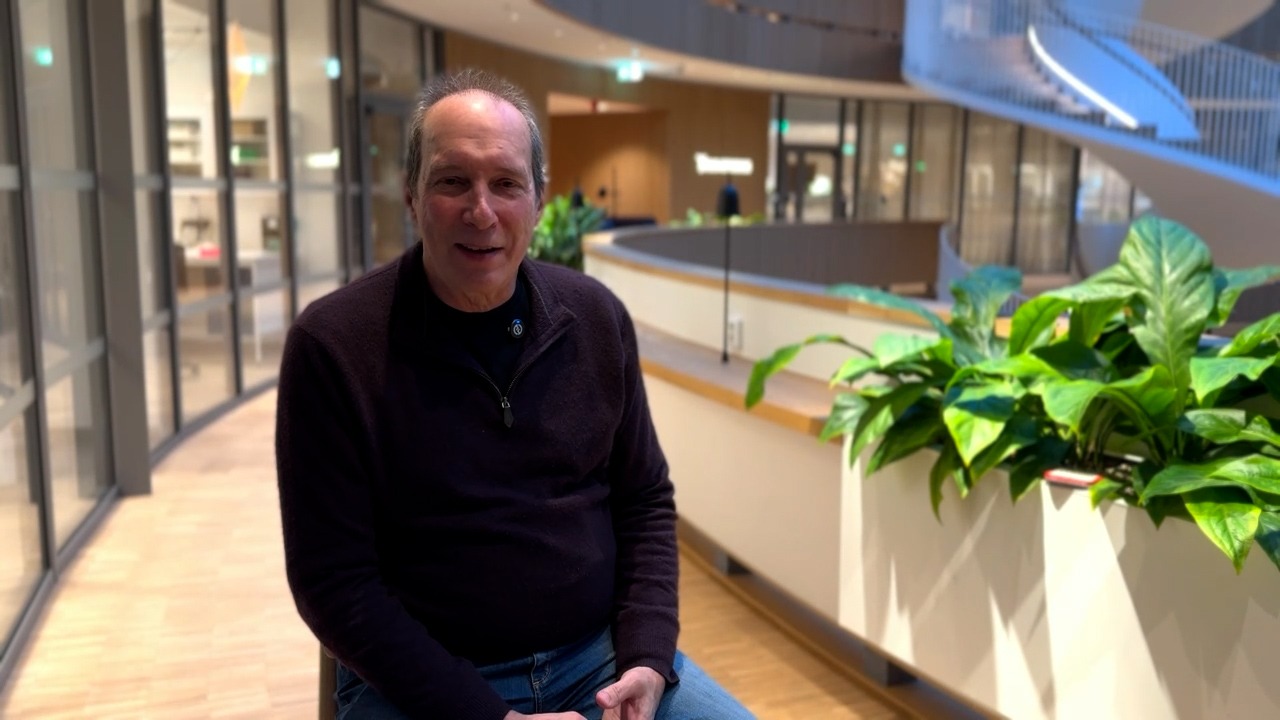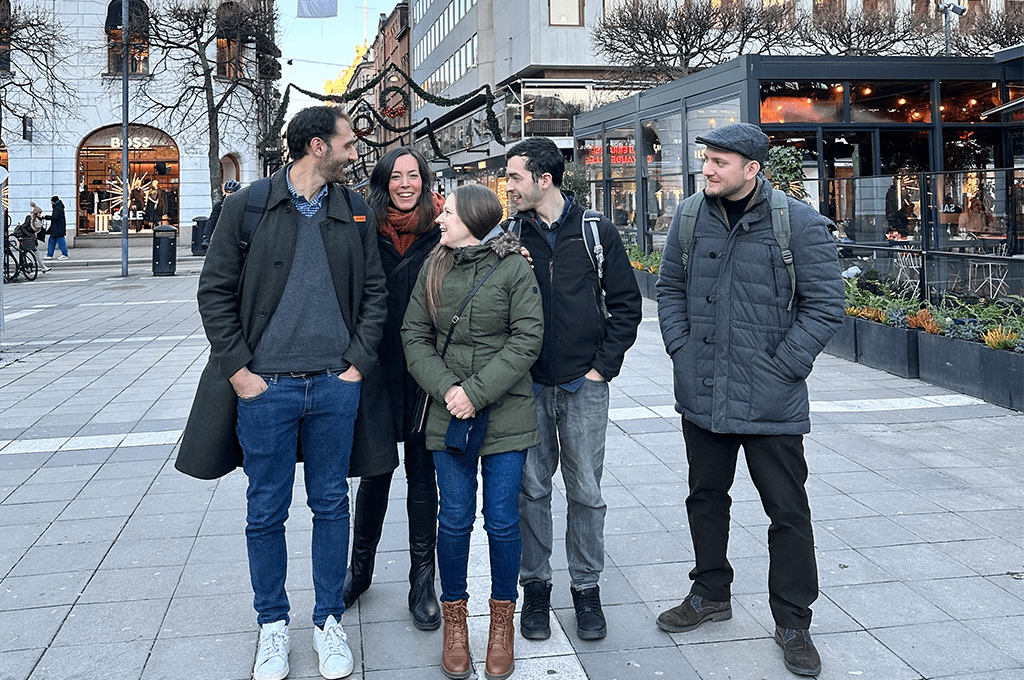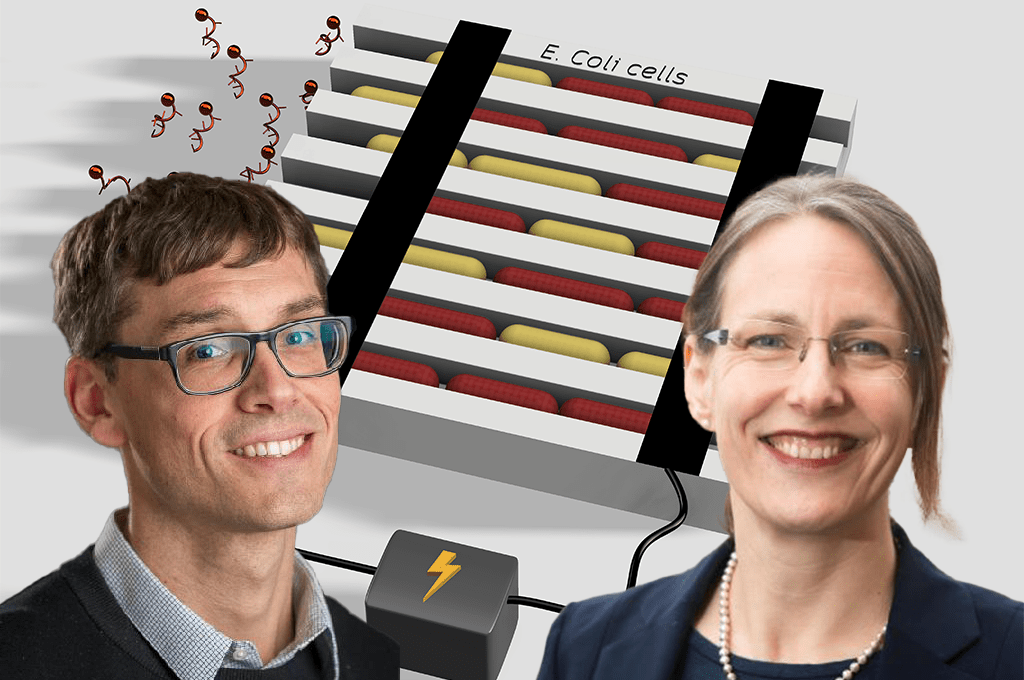New DDLS Fellow: Björn Forsberg
It’s time to start introducing our second round of SciLifeLab & Wallenberg National Program for Data-Driven Life Science (DDLS) Fellows, and Björn Forsberg from Linköping University is the first one out. He will be joining the Cell and Molecular Biology DDLS research area.
Björn completed his undergraduate studies in Physics, followed by Molecular Biophysics, at Stockholm University and the Max Planck Institute for Biophysical Chemistry in Göttingen, Germany. As his focus shifted toward the biological applications of physics, he pursued cryo-EM during his PhD at Stockholm University. His work primarily involved method development, as well as protein expression, purification, and image acquisition and processing.
How do you think your expertise can contribute to the program?
My past mix of research has given me a very tangible sense and good understanding of molecular phenomena, their interactions and dynamics in a time-dependent manner, and how that affects our ability to visualize them, as well as the methods we use to determine them structurally in spite of this. I’d like to think one of my strengths is to convey that meaningfully and create methods that represent it fairly, and I think that will be increasingly important as biology becomes more data-driven and integrative.
Shortly describe your research in an easy-to-understand way.
Bio-molecules like proteins exert most biological functions in all living matter. These tiny machines are pieces of the machinery of the cell, and their contacts with each other are highly regulated, as are their movements. However, most methods to characterize their shape and interactions are limited to static snapshots. Seeing these molecules move with high accuracy is very difficult, and we often have to settle for something that looks like motion-blurred images. Cryo-EM can overcome this limit, but only by injecting additional information that allows us to de-blur these images. My research aims to both estimate this blur and create methods to inject these extra conditions to eliminate it in a rigorous way. This should allow us to create better methods to process cryo-EM data without scientists using their own expectations as conditions to help the de-blurring process.
How do you think the program and interactions with the other DDLS-Fellows will benefit you?
The program provides a very good network with clear incentives for collaboration, and I think that’s exceptionally powerful in keeping my research active and current. This program also offers highly coordinated events and funding to ensure these interactions happen, with funds for collaborative projects providing a clear and valuable incentive. I’m really looking forward to (being ‘forced’ to) engage with others. There’s always research overlap and shared professional experiences that we value after discovering them, even though we never knew they existed. I’m excited to look back at what those discoveries were, as I believe this program will provide many such opportunities.
Name one thing that people generally do not know about you.
Ha ha, my go-to surprising fact is that I did ballet for a number of years (I peaked with triple pirouettes en pointe), but people who know me probably know that already. If I try a tour en l’air today I’ll probably split my head open.
Where do you see yourself in five years regarding the DDLS aspect?
I think I’ll have been able to publish a few smaller papers on different aspects of data processing, and started a more holistic project aimed at changing how people think about structural data. At the moment, there’s a lot of historical legacy in how people view and interpret evidence about molecular structures. Once you place the data in a new context, it all takes on a different light. I believe our biggest task is to make that shift happen, ensuring that science remains objective and true to the evidence. I expect we’ll be on that path in 5 years
In one word, describe how you feel about becoming a DDLS-Fellow.
Bursting!

